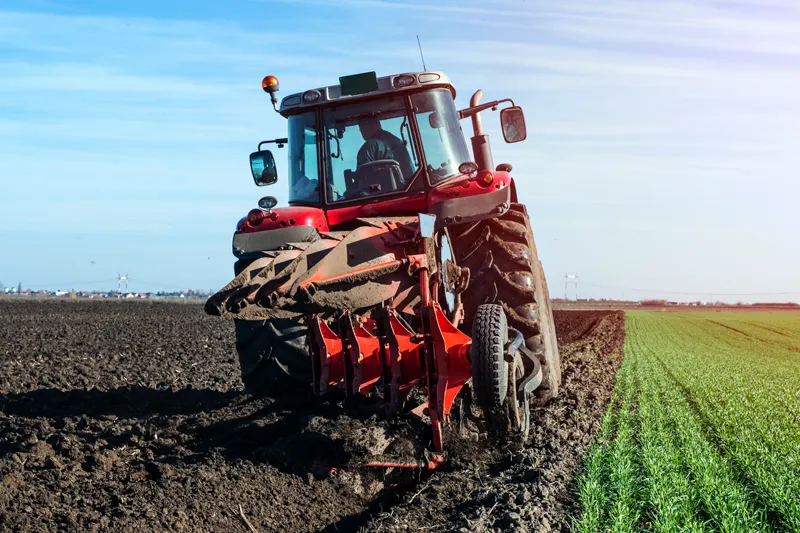The tranquil beauty of rural landscapes often masks the hidden challenges faced by the farming and rural communities. In recent times, the serenity has been disrupted by a distressing trend – a significant rise in rural crime, particularly machinery theft. The staggering increase of £9 million in rural crime costs has prompted a crucial conversation about the need for robust security measures. In this article, we delve into the alarming upswing in machinery theft, its financial repercussions, and the pivotal role that suitable security installations can play in protecting rural livelihoods.
The Escalating Machinery Theft Crisis

In the heart of the countryside, where the pastoral charm meets the realities of agricultural work, machinery theft has become an alarming epidemic. The theft of vital agricultural equipment, ranging from tractors and combine harvesters to specialised tools, has seen a tremendous upsurge. Criminals are exploiting the isolated nature of rural areas, leaving farmers and communities grappling with the economic and emotional fallout.
The £9 Million Price Tag
The cost of rural crime related to machinery theft has reached a staggering £9 million. This financial burden extends beyond the monetary value of the stolen equipment. It disrupts the entire agricultural process, impacting farmers’ ability to work efficiently and provide for their families. Beyond the financial losses, the psychological toll on farmers and rural residents is immeasurable.
The Power of Suitable Security Installations
As the challenges posed by rural crime become increasingly evident, it’s imperative to explore proactive solutions to mitigate these risks. One of the most effective measures is the installation of suitable security systems tailored to rural environments. Here’s how these security measures can make a significant impact:
1. Deterrence: The presence of visible security installations, such as surveillance cameras and signage, serves as a powerful deterrent for potential criminals. Knowing that their activities are being monitored and recorded can dissuade criminals from attempting theft in the first place.
2. Rapid Response: Modern security systems can be integrated with alarm systems that alert farmers and authorities in real-time when unauthorised access is detected. Swift response times increase the chances of apprehending criminals and recovering stolen equipment.
3. Remote Monitoring: Advances in technology allow farmers to remotely monitor their properties through mobile apps or online platforms. This enables them to keep a watchful eye on their machinery even when they are not on-site.
4. Tracking and Recovery: GPS tracking technology can be incorporated into agricultural equipment, aiding in swift recovery in case of theft. This technology is proving to be a game-changer in helping law enforcement locate stolen items.
5. Community Engagement: Installing security measures also encourages a sense of community vigilance. When farmers work together to secure their properties, they create a united front against criminals, reducing the likelihood of successful theft.
Conclusion
The rising tide of rural crime, symbolised by the £9 million surge in machinery theft costs, necessitates urgent action. The installation of suitable security systems emerges as a beacon of hope for rural communities and farmers, offering them the means to protect their livelihoods and restore peace to their way of life. By embracing technology, fostering community cooperation, and investing in enhanced security, we can reclaim the tranquility of the countryside and ensure that rural areas remain a haven of productivity and harmony.
